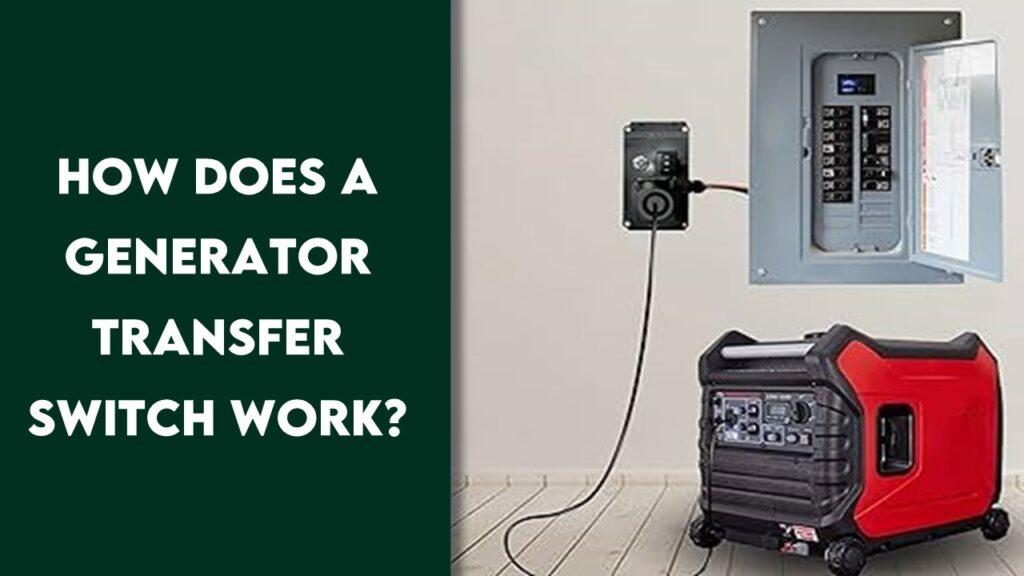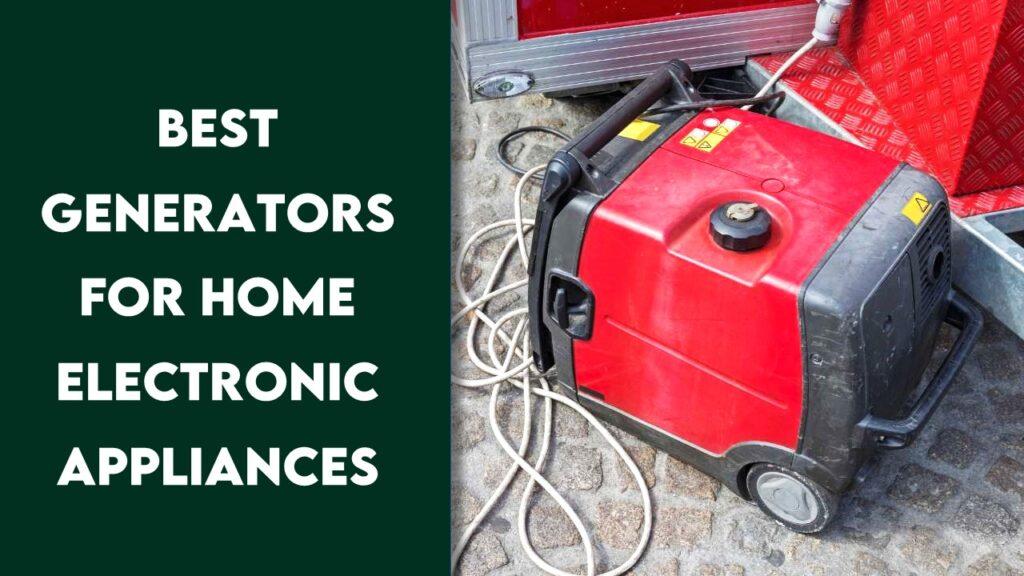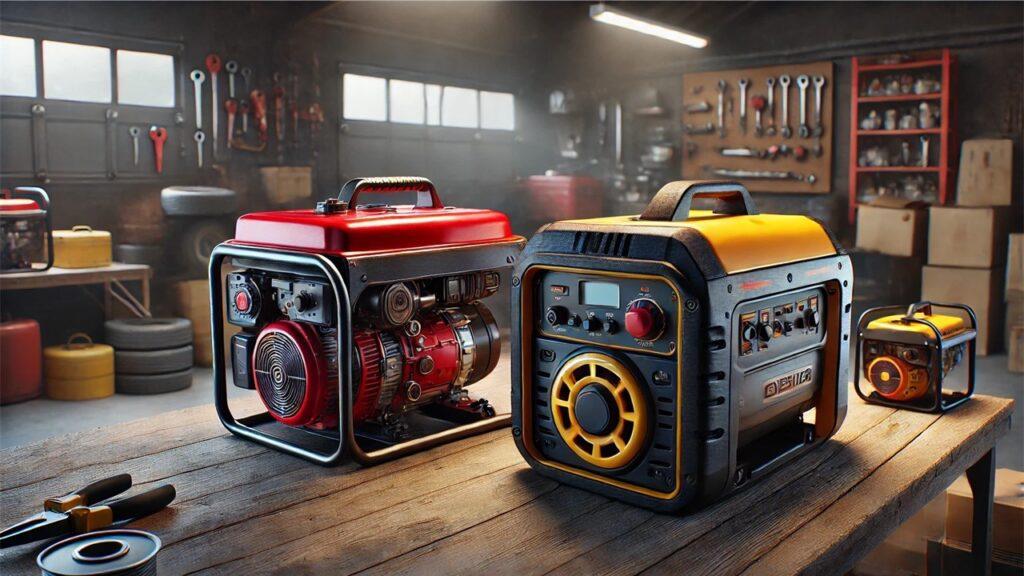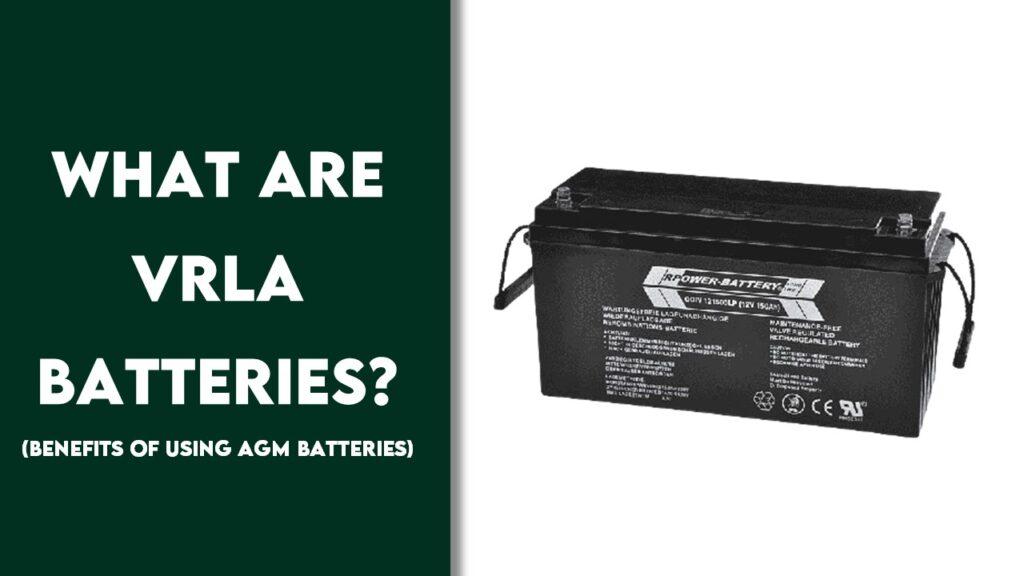
A generator transfer switch is an essential device designed to seamlessly switch your electrical load from the main power grid to a generator during an outage, ensuring there is no dangerous overlap or backfeeding of electricity. This single installation near your electrical panel can drastically reduce the risks associated with power transitions, while simplifying the process—even automatic transfer switches (ATS) operate without your intervention. Join us as we dive deeper into how these systems work, providing you with the knowledge to make informed decisions for a safer, more efficient power management system. Get ready to explore the ultimate guide on “How Does a Generator Transfer Switch Work.”
What is a Generator Transfer Switch?
A generator transfer switch is a crucial safety component in any home with a backup power system, acting like a reliable gatekeeper that ensures power is safely and efficiently routed between your home and your generator during a power outage.
This device is pivotal in preventing electrical hazards while ensuring your essential appliances keep running smoothly without interruption. By understanding how it integrates into your electrical setup, you can better appreciate its importance and functionality. Here is our suggestion on top generators for emergency home backup power.
Types of Generator Transfer Switches
When choosing a generator transfer switch, you have two primary options to consider: Manual Transfer Switch (MTS) and Automatic Transfer Switch (ATS). Each type caters to different needs and preferences regarding convenience, safety, and cost. Here’s a closer look at what each offers:
Manual Transfer Switch (MTS)
- Hands-On Control: With an MTS, you physically switch from utility to generator power. It’s akin to using a manual gear shift in a car, giving you full control over the transition.
- Cost-Effective: These switches are less expensive and are a good choice for smaller setups or where budget constraints are significant.
- User Involvement: They require your presence to operate, making them ideal for situations where someone is always available to manage the switch during a power outage.
Choosing a manual transfer switch might be suitable for those who prefer direct control over their power management and for less critical applications where immediate automatic switching isn’t necessary.
Automatic Transfer Switch (ATS)
- Automatic Operation: ATS systems automatically detect power loss and switch to generator power without any human intervention.
- Convenience and Safety: They provide a seamless transition between power sources, ideal for critical settings or when you cannot manually operate a switch during an outage.
- Higher Cost: Although more expensive, the benefits of an automatic system—especially in terms of safety and convenience—are often worth the investment.
An automatic transfer switch is particularly valuable in scenarios where uninterrupted power is crucial, such as in homes with medical equipment or in business environments where data integrity is paramount.
How Does a Generator Transfer Switch Work Actually?
Understanding the operation of a generator transfer switch can demystify how your home remains powered during an outage. This device cleverly manages the transition between two power sources to maintain a continuous supply without risking damage or danger.
The Mechanism Behind Transfer Switches
- Isolation: The switch first disconnects your house from the utility grid, preventing any chance of electrical backfeed, which can be dangerous to utility workers and your home.
- Engagement: It then safely connects your home to the generator, ensuring that only one power source is active at any time, thus protecting your electrical setup from potential overloads or conflicts.
This process is vital for maintaining safe operations and preventing electrical mishaps during transitions between power sources.
Step-by-Step Operation of Manual and Automatic Switches
Manual Transfer Switch:
- Detection: You must first notice the power outage and then manually start your generator.
- Activation: Next, you switch the connection from the utility to the generator, manually controlling the power source.
- Management: Once the utility power is restored, you need to manually revert the system back to the main power grid.
Automatic Transfer Switch:
- Automatic Detection: The ATS automatically detects a power outage and initiates the generator without any human interaction.
- Immediate Switch: It then immediately switches the power source to the generator, ensuring that there is no interruption in electricity supply.
- Reversion: Upon the restoration of utility power, the ATS automatically switches back and shuts down the generator.
By incorporating a generator transfer switch, whether manual or automatic, you ensure that your home’s power transition during an outage is not only seamless but also safe. This component is indispensable for maintaining your lifestyle during unexpected power interruptions and for safeguarding your electrical system against potential hazards associated with dual power sources. Whether you opt for a manual or an automatic switch will depend on your specific needs, the critical nature of your power requirements, and your budget.
Installation Considerations for Generator Transfer Switches
When planning to install a generator transfer switch, the process requires careful consideration to ensure safety and functionality. It’s not just about connecting wires; it’s about integrating a system that will act reliably during emergencies without compromising your home’s electrical integrity. In this section, we’ll explore the critical factors to consider to achieve a seamless installation that meets legal standards and personal needs.
Choosing the Right Location
Selecting the ideal location for your generator transfer switch is pivotal for operational efficiency and safety. This decision should balance accessibility for easy maintenance with compliance with local building codes.
- Accessibility and Safety: The transfer switch should be easily accessible for maintenance and emergency operations. It’s typically best placed near the main service panel to reduce the need for extensive wiring, which can be both hazardous and expensive.
- Compliance with Codes: Installation must adhere to local building and electrical codes. This compliance is not only a legal requirement but also ensures that the system is safe and will not cause issues in future inspections or insurance assessments.
Choosing the correct location for your transfer switch is more than a convenience; it is a safety imperative. The right spot ensures that the switch is both accessible for quick operation during an outage and compliant with safety standards to protect your home and family.
Professional Installation vs. DIY
Deciding between professional installation and a DIY approach can impact the reliability and safety of your transfer switch setup. While DIY might seem like a cost-saving option, the complexities of electrical systems often call for professional expertise.
- Expert Installation: Professional electricians bring expertise that guarantees the transfer switch is integrated safely and effectively with your home’s electrical system. They understand the nuances of load management and can ensure that the system operates optimally under various conditions.
- Legal and Safety Requirements: Many localities require that a licensed professional perform any major electrical work. This requirement helps to ensure that all installations meet current standards and regulations, which can be critical for both safety and insurance purposes.
Investing in professional installation for your transfer switch can provide peace of mind, knowing that the system will function as needed during power outages. Experts ensure that all safety protocols are followed, reducing the risk of malfunction or accidents that could arise from improper setup.
Costs and Considerations for Choosing a Transfer Switch
The decision to install a generator transfer switch involves various cost considerations. Understanding these can help you budget effectively and choose a switch that offers the best balance of price and functionality. This section will guide you through the factors that affect the cost of transfer switches and how to navigate these considerations for the best investment.
Overview of Cost Range
Cost is a significant factor when selecting a generator transfer switch. Various elements contribute to the final price, from the type of switch to the complexity of your installation.
- Variability: Costs can vary significantly based on the type of switch—manual or automatic—and its amperage capacity. Features like load management controls can also affect the price.
- Installation Costs: The installation cost depends on several factors, including geographic location, the complexity of your home’s electrical system, and the rates of the local electricians.
Being informed about the potential costs involved with installing a transfer switch will help you make a budget-conscious decision that does not compromise on safety or efficiency.
Factors Influencing Cost
Several factors influence the cost of a generator transfer switch, each affecting the overall investment in different ways.
- Type of Switch: Automatic transfer switches are typically more expensive than manual ones due to their sophisticated technology that allows for automatic operation.
- Capacity and Features: The electrical capacity of the switch and any additional features, like programmable functionality or remote monitoring capabilities, can also increase the cost.
- Professional Services: The cost of professional installation varies by location but is crucial for ensuring the system is set up safely and in compliance with local codes.
Understanding these factors will help you navigate the expenses associated with purchasing and installing a transfer switch. While initial costs may be higher for more sophisticated systems, the benefits of reliability and safety they offer can make them a worthwhile investment.
Safety Features and Compliance
Ensuring safety and compliance is not just a legal necessity; it’s a crucial aspect of installing and operating a generator transfer switch. By understanding the safety protocols and regulatory requirements, you can ensure that your backup power system is not only effective but also legally compliant and safe for everyone in your home.
Regulatory Compliance
Navigating the landscape of regulatory compliance is essential for the installation of any electrical system, particularly one that integrates with both utility and generator power.
- National and Local Codes: Familiarize yourself with both the National Electrical Code (NEC) and any local codes that apply to electrical installations in your area. These regulations are designed to ensure safe installation and operation.
- Permits and Inspections: Most local jurisdictions will require a permit for the installation of a generator transfer switch. Following this process usually involves an inspection by a certified electrician or a city inspector to ensure that the installation conforms to legal standards.
Staying compliant not only ensures safety but also protects against legal issues that might arise during insurance claims or property sales, making it an indispensable step in the installation process.
Safety Mechanisms Built into Transfer Switches
Transfer switches come equipped with several built-in safety features to prevent common hazards associated with power generation and transfer.
- Circuit Breakers and Fuses: These components protect your home’s electrical circuits from overloading or short-circuiting, which can lead to fires.
- Interlock Mechanisms: These prevent the accidental connection of generator and utility power, which can cause dangerous feedback issues, potentially harming utility workers and damaging the electrical grid.
Implementing a transfer switch with these safety features greatly reduces the risk of accidents, making your backup power system reliable and safe. It’s a critical component that offers peace of mind, knowing that your family and property are alright during a power outage.
Advantages of Using a Generator Transfer Switch
Integrating a generator transfer switch into your home’s electrical system offers numerous benefits beyond simply managing power sources during an outage. Understanding these advantages helps you appreciate the value of this investment. This is why it’s considered an essential component of any robust home power system.
Hassle-Free Operation and Improved Safety
The primary advantage of a transfer switch is the ease and safety with which it allows you to utilize your generator during power outages.
- Seamless Transition: Automatic transfer switches provide an instantaneous and seamless power source switch to the generator when the main utility fails, ensuring continuous power supply without any intervention.
- Avoiding Electrical Hazards: By managing the changeover automatically, transfer switches eliminate the risk of electrical surges and backfeeding, which are major safety hazards for households and utility workers alike.
This hassle-free operation not only makes using a backup generator simpler but also significantly safer, enhancing the overall usability of your emergency power system.
Long-Term Reliability and Convenience
Investing in a quality transfer switch also offers long-term reliability and convenience, particularly during extended power outages.
- Load Management: Some transfer switches come with load management capabilities, allowing you to prioritize and power essential appliances during an outage, thereby optimizing generator efficiency.
- Durability: Designed to withstand rigorous conditions, these switches perform reliably under various environmental stresses, ensuring longevity and durability.
The inclusion of a transfer switch in your home power setup means not having to manually manage power loads or worry about potential safety issues during power failures. It’s an investment in convenience, safety, and reliability, providing significant peace of mind for any homeowner.
By understanding these benefits, you can make an informed decision about incorporating a transfer switch into your home’s emergency power system. It’s not just about convenience; it’s about ensuring a safe, reliable power management solution that keeps your home running smoothly, even during unexpected power disruptions.
Related FAQs
How Does A Transfer Switch Enhance Home Safety?
A transfer switch boosts safety by isolating your home’s electrical system from the utility during an outage, preventing dangerous backfeeding.
What Types Of Transfer Switches Are Available?
There are two main types of transfer switches: Manual Transfer Switch (MTS) and Automatic Transfer Switch (ATS), each serving different operational needs.
Can I Install A Transfer Switch Myself?
It is recommended to have a transfer switch installed by a licensed electrician to ensure safety and compliance with local electrical codes.
How Often Should A Transfer Switch Be Tested?
A transfer switch should be tested annually to ensure it operates correctly and safely during an outage.
What Is The Cost Of Installing A Transfer Switch?
The cost varies depending on the type of switch and the complexity of the installation, generally ranging from $500 to $2,000 including professional installation.
At our core, we’re a group of passionate generator, inverter, solar energy, battery enthusiasts. We dive deep into the world of tech, especially when it’s about powering your home, RV or outdoors. We try to provide as much value to the readers with our information and how to blog articles as possible. For affiliate articles our honest and transparent reviews of essential tech products are rooted in real-world experience. We take great satisfaction in offering unbiased evaluations, ensuring that you can make informed decisions when investing in your desired techs.




